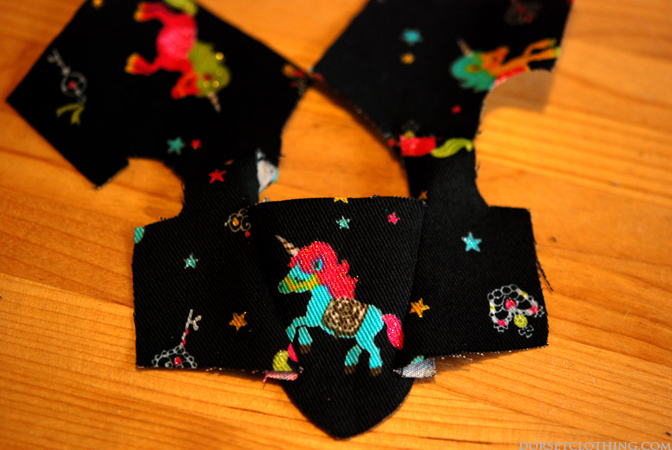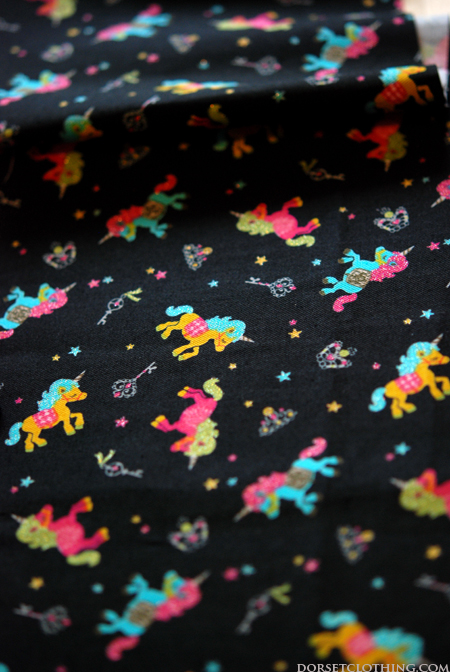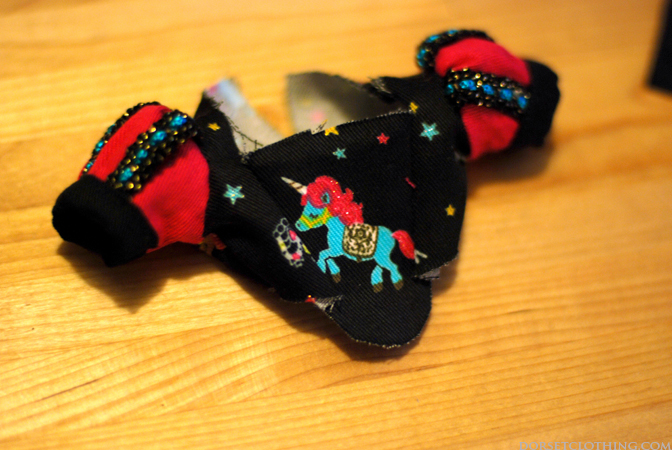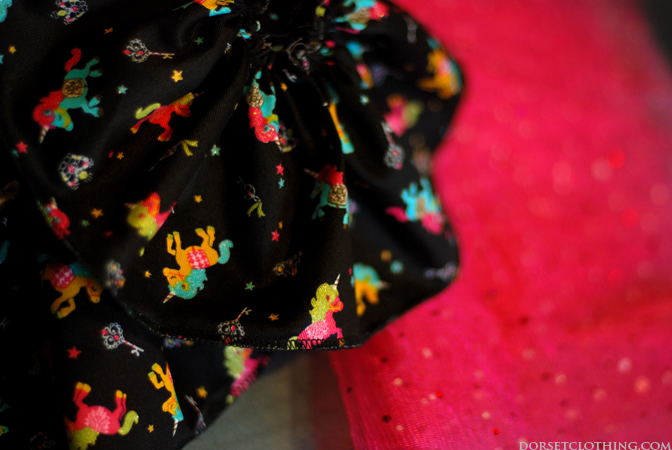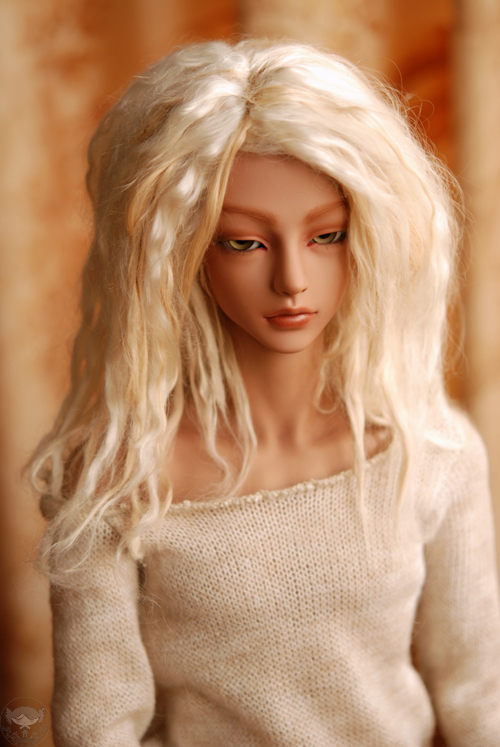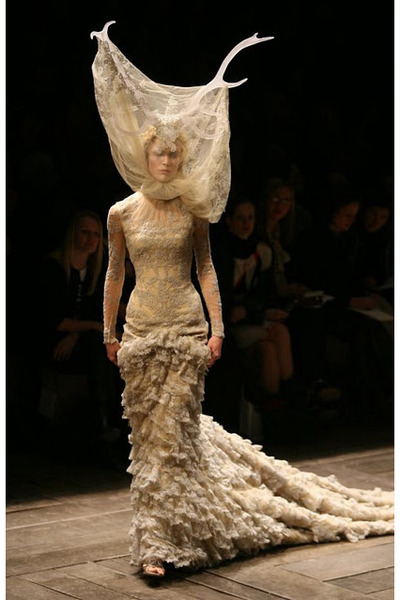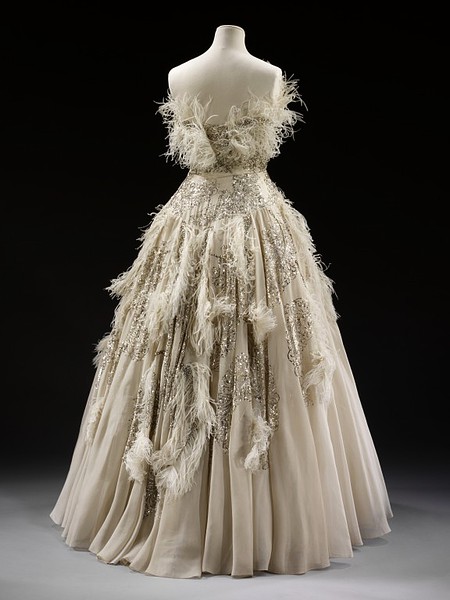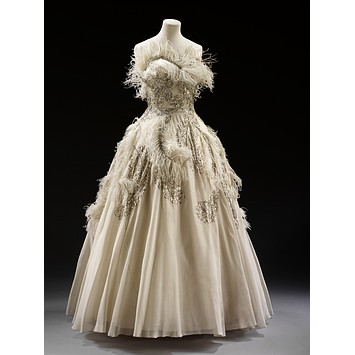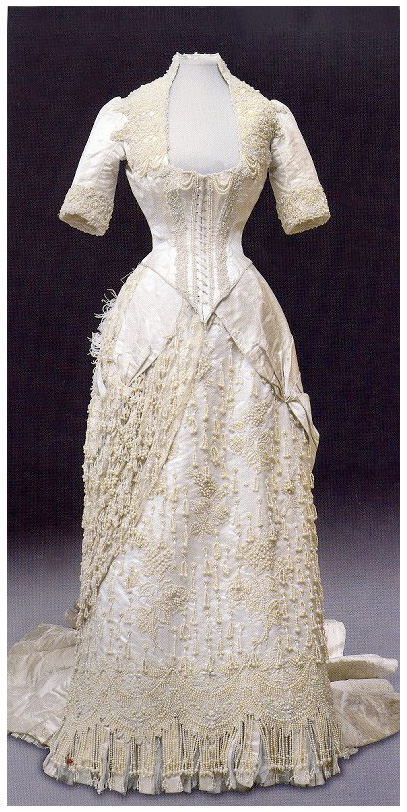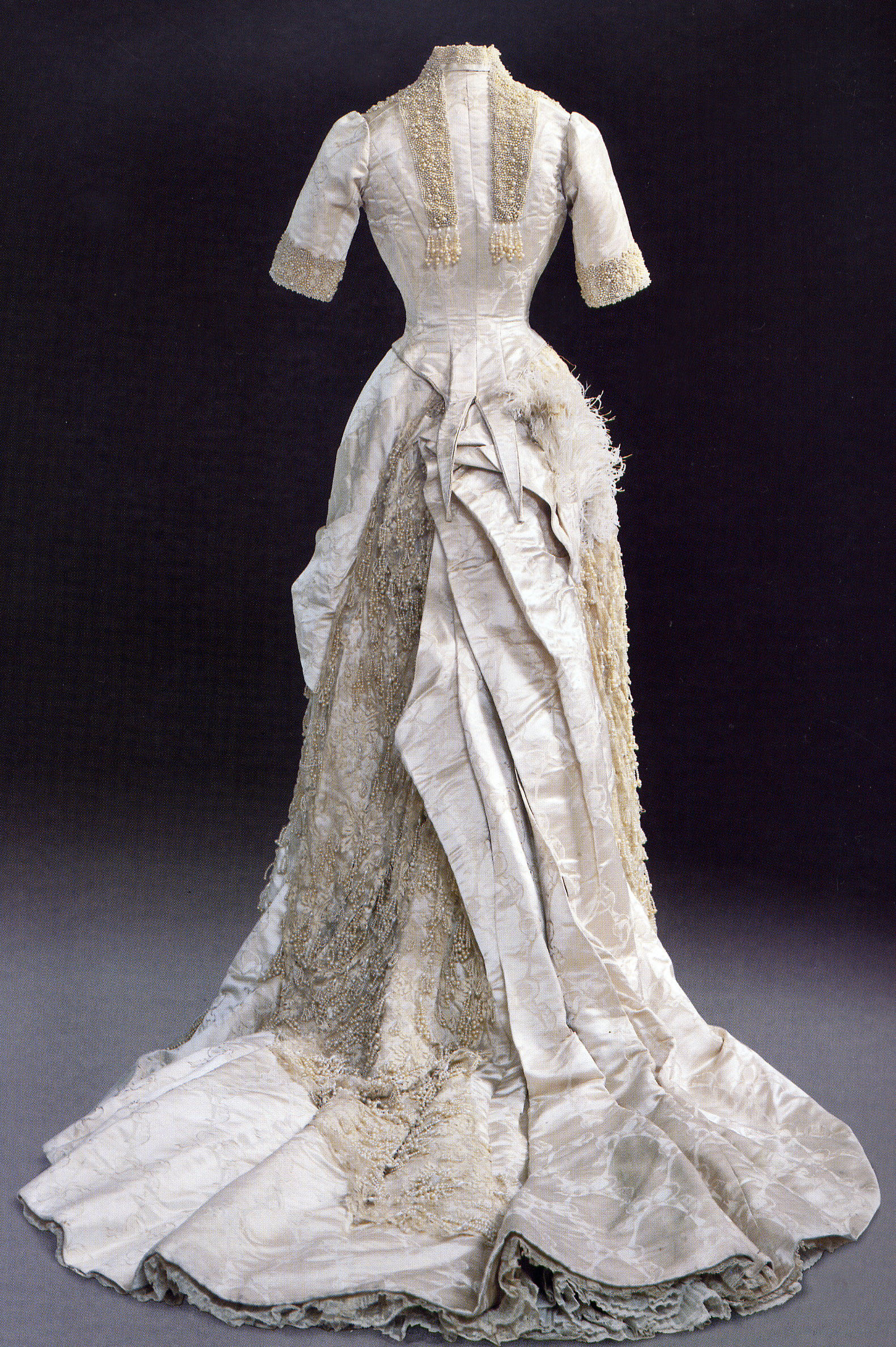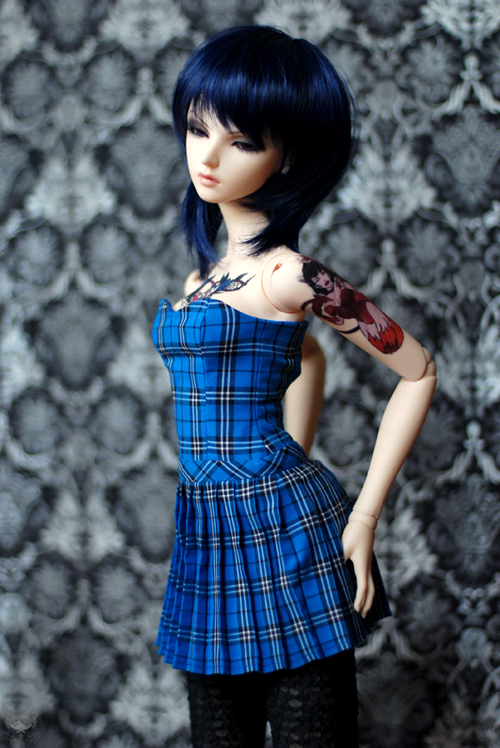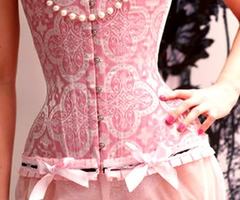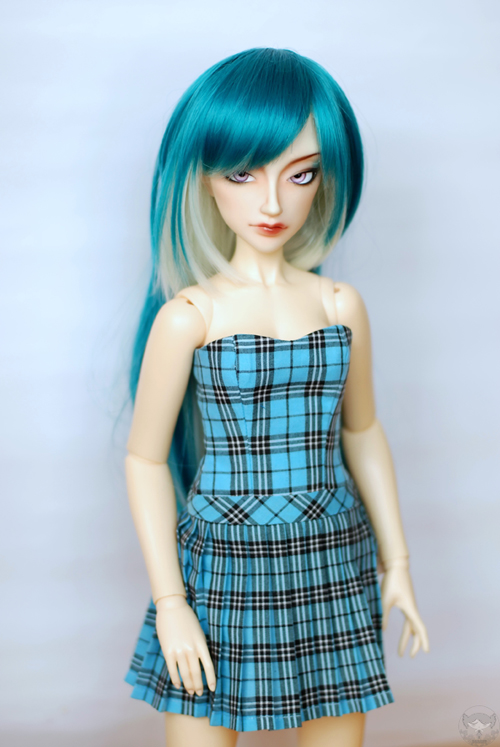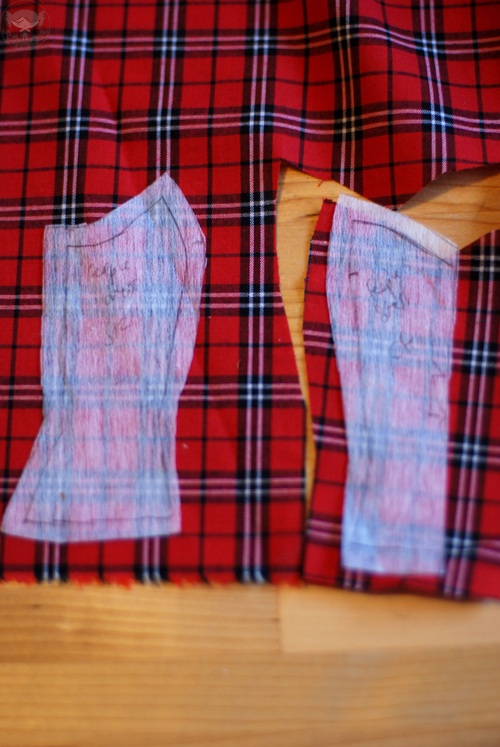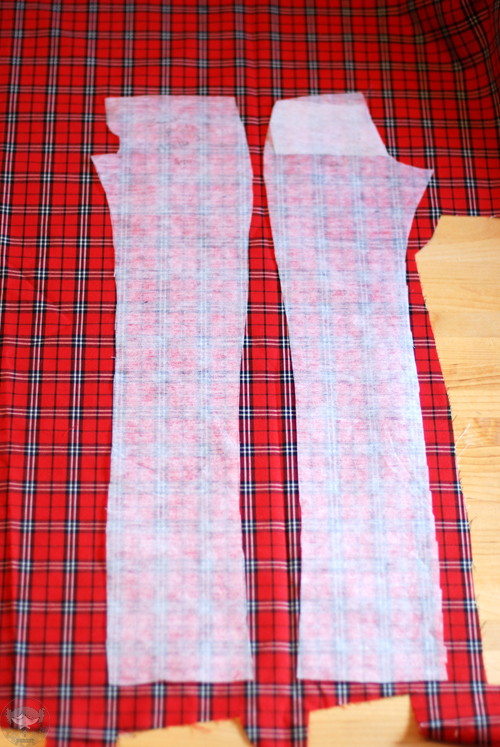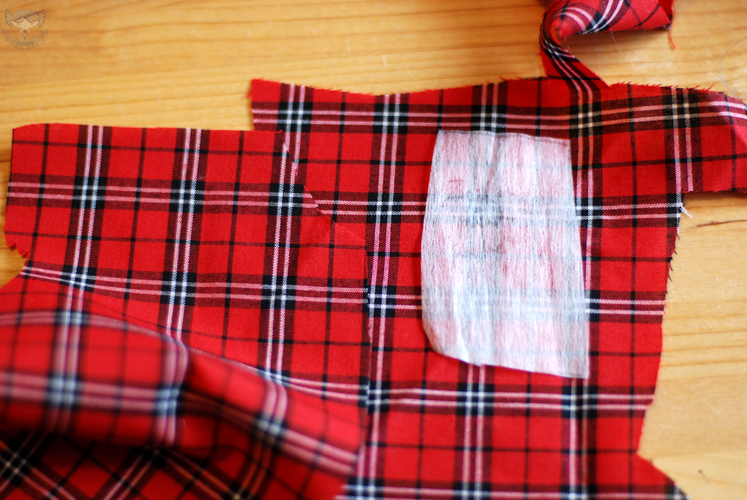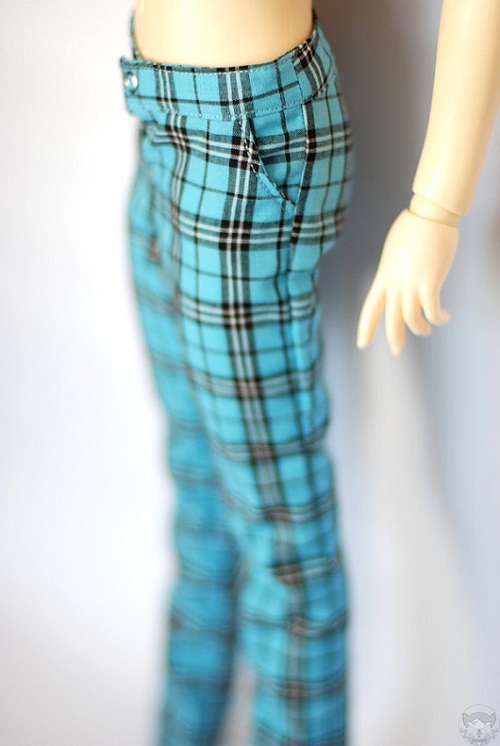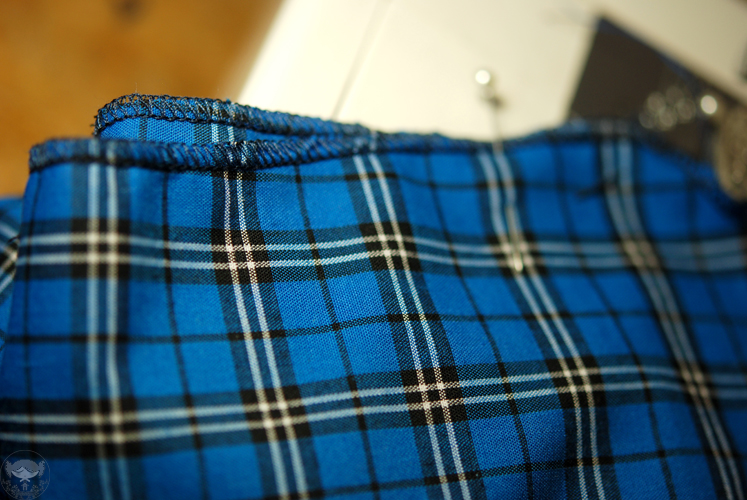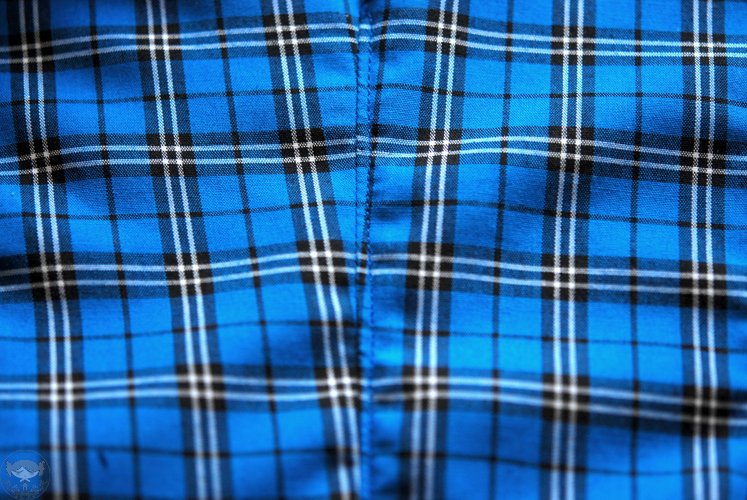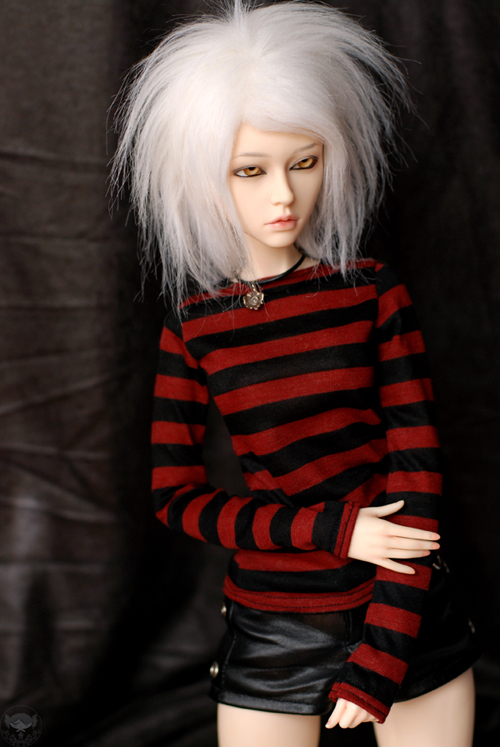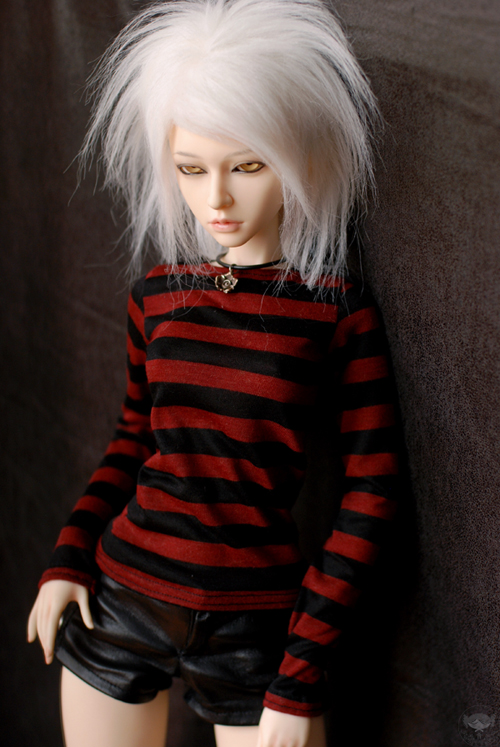Okay, so people said they wanted my rambles about sewing, so here goes. This is just a bunch of things that I feel are worth knowing. I'm sure there's more that I've forgotten, but this will do for now. Of course this is all just my opinion - different people have different techqniques and different things they consider more important.
With that said, enjoy! I hope this is of some use.
Sewing Basics
• Get your machine’s manual and learn how it works. Learn especially how to take it apart, clean it and oil it. Ideally you want to clean your machine after every job, and oil it about every 6 months. I clean mine about twice a week, and oil it every second week because I use it so much. If you have an old machine, there are plenty of pdf versions of their manuals online.
• Even when you’ve been sewing for years (over 20 years in my case), a good reference book can be a godsend. I use Vogue/Butterick’s “Step by Step Sewing Techniques”, because it has nice clear pictures and instructions, and is well laid out.
• Use the right needles for the job. Regular point/universal needles are for cottons and medium weight fabrics. Ball point needles are for fine fabrics such as silks and satins (they push through the fibres instead of cutting through them, so they don’t leave large holes), and for knit fabrics. Denim and leather point needles are for heavy weight fabrics (they have a blade on the edge to cut through the fabric). If your needles are breaking, you probably have the wrong type in.
Also, change your needles regularly, after every big job, or every couple of small jobs. They do get blunt.
• Scale is the key between something looking like human clothes, or like doll clothes. Always go for a lighter weight fabric than what you would use for human clothes. Bulkier fabrics only tend to work with coats and oversized sweaters. Smaller prints are generally better (unless you’re going for a period look where large prints were in, like the 1850s), in knits a finer gauge stitch is what you’re looking for. Small buttons (though some of the smaller ones can look too plastic and doll like) and eyelets, fine trims, all these things make a difference. Note: if you want to use ribbon for lacing or bows, try to stay under 3mm. Anything larger tends to look out of place.
• Quality of fabrics also makes a difference. Use soft cotton laces, embroidered tulle and delicate venice lace for trims instead of nylon raschel lace. Ebay and Etsy are great sources to find these kinds of trims at a reasonable price. Using cotton instead of polycotton, and silk instead of satin will give a nicer finish.
• Your iron is your friend. A lot of handmade doll clothing I see photos of could look a lot better, and sit on the doll better, if they had pressed the garment as they went along. Press your seams, your hems, everything you can. (this of course doesn’t apply to knits) A lot of the time people topstitch something which would have stayed in place had they given it a good pressing.
• Study human clothes, see how they are constructed and finished. For example, Jeans actually have the contrast stitching on the inside leg, not on the outside as is commonly seen in doll clothes (the seam is flat felled to increase it’s strength, as it is most likely to wear out); collars on shirts are topstitched, a detail sometimes missed. Hems on coats and jackets are often hand stitched to the lining so that there is no visible stitching, not top stitched.
• My beloved tailoring teacher Bill used to say “a good sewer is a good unpicker”. Used to drive me insane, but he was right. You learn from your mistakes, and if you are careful in your unpicking, you can fix things without people knowing you made the mistake. Pro tip – once you have unpicked something, lightly pull the fabric back and forth where the stitches were. This should move the threads back into place, so the holes aren’t visible.
Btw, for those in Melbourne, Australia, Bill Woodhouse does two courses at CAE – Tailoring and Couture techniques. He is a great teacher and full of wisdom (and wonderful life stories). If you’re looking to learn these techniques, I strongly recommend learning under him.
Pattern Making
• There are many threads on
DoA’s sewing forum discussing how to drape patterns on to your doll, using paper towel or fabric to create the pattern. Pattern making uses a lot of maths, and is essentially geometry. If getting your head around numbers is daunting, this might be the best method for you.
• If you really want to get into making your own pattens for dolls, I suggest taking a short pattern making course, or studying patternmaking books (Winifred Aldrich makes a great series called “Metric Pattern Cutting”). Working on humans first is a good way to understand proportions, and then you can transfer those methods and formulas into dolls.
• If that all seems a bit much, get a hold of some good basic patterns to use a base for all your designs, and alter them. A good basic dress pattern can work well as a block/sloper. Once again, Winifred Aldrich’s books are great for explaining how to use your blocks to create a range of garments. Etsy has a good range of bjd pattern makers, otherwise the DOA sewing forum is full of people willing to give advice and reviews on patterns they’ve used (the “what are you currently sewing” thread is very active, helpful and encouraging)
Measuring
• This is my golden rule of measuring bjds – never trust a bjd company’s measurements. They are often wrong, or focusing on measurements you don’t need for sewing. It is always best to measure yourself.
• Take as many measurements as you can. The more you have, the better fit your pattern will be, and there will be less tweaking when fitting it on your doll. The measurements I always take are:
Bust
Waist
Hips (the fullest part of the body, usually around the buttocks)
High Hips (across the tummy, where pants usually sit when people say “on the hips”)
Nape to Waist (nape is the base of the back of your neck)
Waist to Hip (all measurements from the waist downwards are taking on the side, going over the curves of the hip)
Waist to Knee
Waist to Ankle
Waist to Floor
Thigh
Knee
Ankle
Bodyrise (from front waist, down through the legs and up to the back waist)
Bust separation (ie: across the bust from nipple to nipple)
Underbust
Shoulder to bust
Shoulder to underbust
Waist to underbust
Neck
Shoulder (work out where you want your shoulder seam to sit. Measure from the neck to that point on the shoulder)
Across shoulders
Across front (above the bust, from start of the armpit to the other armpit)
Across back (same method as above, but for the back of course)
Arm (always bend your doll’s arm when measuring, going around the bend at the elbow. This ensures that your sleeves will not be too short when you bend their arms)
Shoulder to elbow
Bicep
Wrist
Handspan (measure around the widest part of the hand. This is good for knowing how wide to make your sleeves)
I can make a more detailed post with photos if people are interested, but in the meantime this site might be helpful with images of where to measure:
http://www.threadsmagazine.com/item/4610/how-to-measure-up
And most importantly…
•
Keep trying. You will get better. It can be hard to look at your own work and compare it to the work of others. But use them as inspiration. If they sell clothes that you like, buy them so you can look at them closer, see how they’ve achieved a certain look. Over time you will look back at things you thought were your best work and think “Why did I think that was good? I could do that so much better now.” Keep sewing and you will perfect your techniques. I think it took me about 2-3 years to get my t-shirts to look the way I wished they would, and I’m sure the same thing can be said about clothes I’m learning to make now.
And I think that’s all I wanted to say about that. If there is something I’m not clear about, or something you want to know, by all means ask and I’ll try my best to answer. :)
